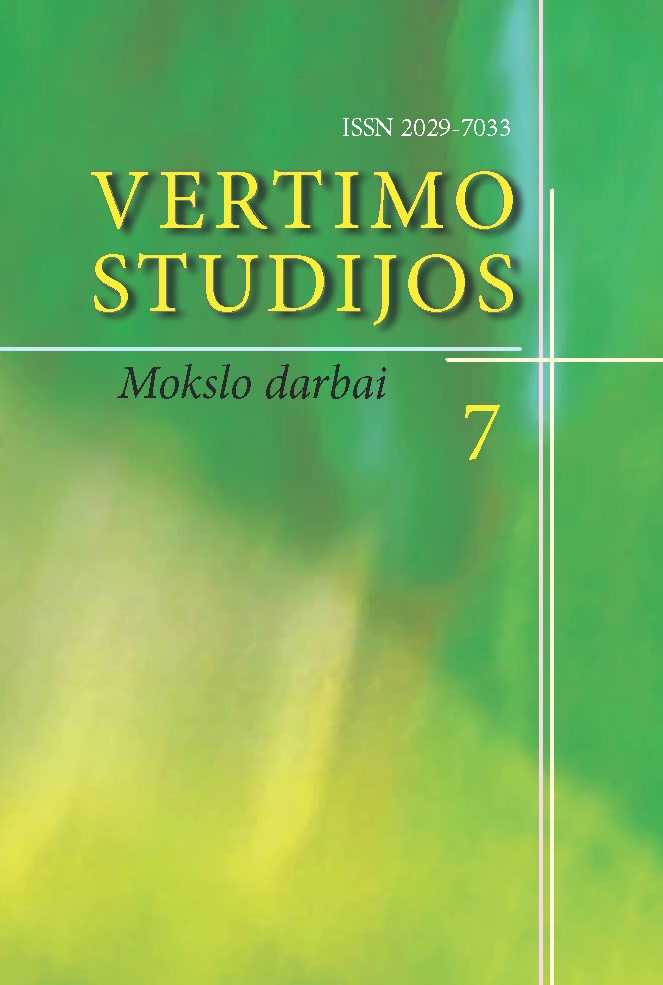SYMBOLIC CAPITAL AND DIPLOMATIC INTERPRETING IN THE REPUBLIC OF ESTONIA (1918–1940)
SYMBOLIC CAPITAL AND DIPLOMATIC INTERPRETING IN THE REPUBLIC OF ESTONIA (1918–1940)
Author(s): Karin SibulSubject(s): Diplomatic history, Pre-WW I & WW I (1900 -1919), Interwar Period (1920 - 1939), Translation Studies
Published by: Vilniaus Universiteto Leidykla
Keywords: Diplomatic interpreting; 1918-1940; The Republic of Estonia;
Summary/Abstract: This article aims to expand on our knowledge of interpreting and interpreters in the early years of the Republic of Estonia’s creation of symbolic capital (1918–1940). The authors’ point of departure is the French sociologist Pierre Bourdieu’s definition of symbolic capital. She has researched the evolution in interpreting in Estonia during three phases (1918–1940, 1944–1991 and 1991 to the present day) and, although the article is limited to diplomatic interpreting and the growth of the newly independent Republic of Estonia’s symbolic capital via interpreting in diplomatic intercourse, it represents a new approach in the descriptive history of interpretation in Estonia. During that period, diplomatic interpreting supported the Republic of Estonia’s aspirations to be recognised and accepted as an independent state in world politics. The years 1918–1940 were studied by analysing 36 memoirs, newspaper articles covering interpreting from the Estonian Literary Museum’s collection, diplomatic correspondence as well as the minutes of the Tartu Peace negotiations with Russia in 1919–1920, which are preserved in the State Archive of Estonia.
Journal: Vertimo studijos
- Issue Year: 7/2014
- Issue No: 7
- Page Range: 20-30
- Page Count: 11
- Language: English

